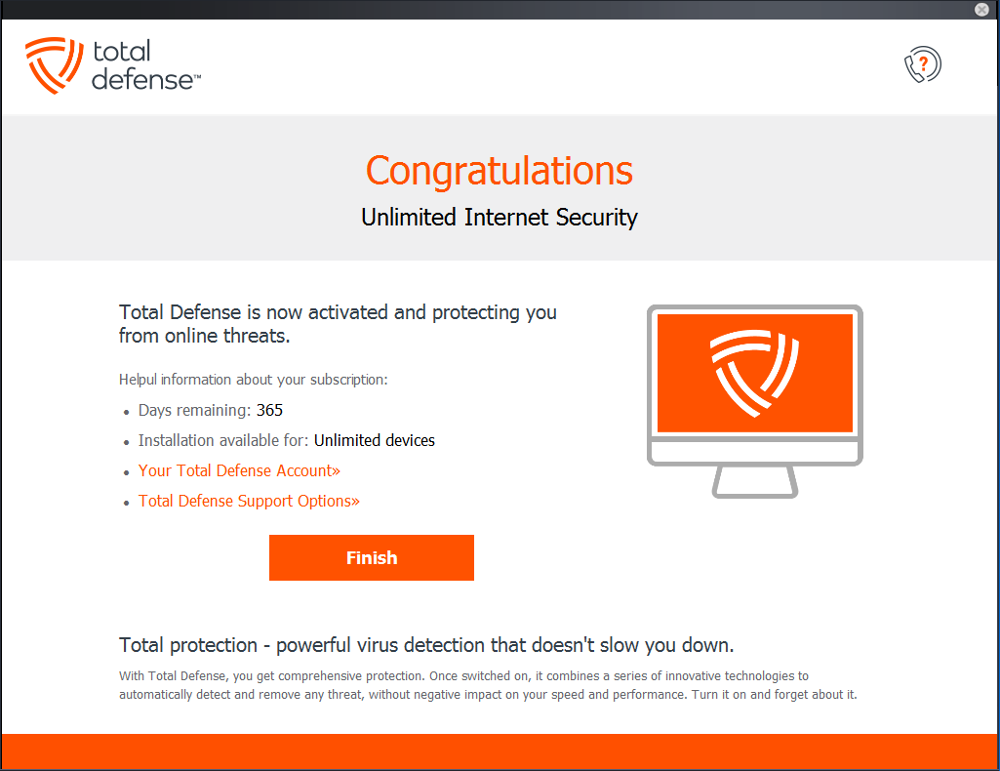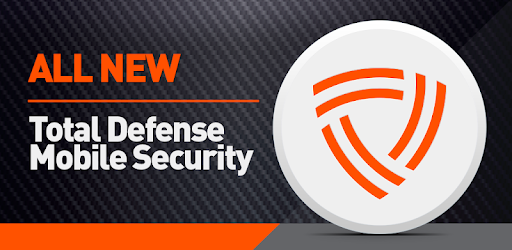In the digital era, securing your access to online accounts, especially those related to cybersecurity tools, is crucial. Security software accounts contain sensitive information related to your device protection, subscription status, and personal details. Total Defense Login Ensuring safe and secure access to such accounts protects you from unauthorized use, data breaches, and potential identity theft.
This comprehensive guide aims to walk you through best practices, step-by-step procedures, and tips for accessing your account with maximum security. Login Total Defense From preparing for login to using advanced security features and troubleshooting common issues, this article covers everything you need for a safe login experience.

Understanding the Importance of Secure Access
Why should you care about secure login procedures? Login Total Defense Simply put, your account controls how your security software functions, updates, and communicates with you. If unauthorized parties gain access, Total Defense Login they could disable protections, access your personal data, or misuse your subscription.
Secure login safeguards:
- Your personal and billing information
- Device and protection configurations
- Renewal and subscription details
- Communication channels for alerts and updates
Taking steps to secure your login is a critical first line of defense.
Preparing for Secure Login
Before you even start the login process, preparing the right environment can significantly reduce security risks.
- Use Trusted Devices: Access your account from personal or trusted devices rather than public computers.
- Secure Internet Connection: Avoid public Wi-Fi networks unless connected via a reliable VPN service. Public connections can be vulnerable to interception.
- Updated Software: Ensure your operating system and browser are up to date with the latest security patches.
- Password Manager: Consider using a reputable password manager to store and auto-fill your credentials safely.
Step-by-Step Guide to Safe Login
Step One: Navigate to the Official Website or App
Always begin by typing the official URL directly into your browser rather than clicking on links from emails or third-party websites. Phishing scams often use deceptive links to steal login credentials.
If you use a mobile app, Total Defense Login download it only from trusted sources such as official app stores to avoid counterfeit or malicious versions.
Step Two: Locate the Login Section
The login portal is usually clearly marked on the homepage. Look for familiar labels such as “Account Login,” “Sign In,” or “Member Area.” Avoid sites that look unfamiliar or have misspellings, as these could be fraudulent.
Step Three: Enter Your Credentials Carefully
Input your registered email address or username along with your password. Avoid saving passwords on public or shared devices.
Step Four: Use Multi-Factor Authentication (MFA) if Available
If your account supports MFA, enable it. This feature requires you to provide an additional verification step beyond your password, such as a code sent to your phone or generated by an authentication app. Total Defense Login This dramatically increases security by preventing access even if your password is compromised.
Best Practices for Password Security
Your password is the key to your account, so safeguarding it is paramount.
- Use Strong Passwords: Combine uppercase and lowercase letters, numbers, and special characters. Avoid common words or easy-to-guess sequences.
- Change Passwords Regularly: Update your password periodically to reduce the risk of long-term compromise.
- Avoid Reusing Passwords: Never use the same password across multiple accounts to limit potential damage from breaches.
- Enable Password Recovery Options: Set up security questions or backup email addresses to recover your account securely if you forget your password.
Recognizing and Avoiding Phishing Attacks
Phishing remains one of the top threats to account security. It involves fraudulent attempts to obtain sensitive information by pretending to be a trustworthy entity.
- Always verify the sender’s email address before clicking any links.
- Avoid providing credentials on websites accessed via email links; type URLs manually instead.
- Be cautious of urgent or threatening messages prompting immediate action.
- Use security software’s anti-phishing features to help detect malicious sites.
Using Secure Browsing Tools and Features
Modern browsers offer tools that enhance your security when accessing accounts online.
- HTTPS Protocol: Ensure the website URL begins with “https://”, indicating that the connection is encrypted.
- Browser Warnings: Pay attention to warnings about insecure certificates or suspicious sites.
- Private Browsing Mode: Use incognito or private modes to prevent storing history or cookies, especially on shared devices.

Keeping Your Device Safe for Login
Security isn’t just about the website or app; your device itself must be protected.
- Install Security Software: Use antivirus and anti-malware programs to detect threats that might capture your login info.
- Keep Software Updated: Regularly update your device’s OS and apps to patch vulnerabilities.
- Avoid Jailbroken or Rooted Devices: These devices may be less secure and more susceptible to attacks.
- Secure Your Device with a Lock Screen: Use PINs, passwords, or biometric locks to prevent unauthorized physical access.
Troubleshooting Login Problems
Occasionally, you might face difficulties logging into your account. Here’s how to address common issues securely:
- Forgot Password: Use the official password reset feature, which typically involves receiving a reset link via your registered email.
- Account Locked: Multiple failed login attempts might temporarily lock your account. Wait and follow instructions from official communications.
- Browser Issues: Clear your browser cache and cookies, or try logging in via a different browser or device.
- Error Messages: Carefully read error messages for clues. Do not share screenshots or messages with unverified contacts.
Managing Your Session Securely
Once logged in, keep your session secure by:
- Logging out when done, especially on shared or public devices.
- Avoiding the “Remember Me” option on public devices.
- Monitoring your account for any unusual activity, such as unrecognized login locations or changes.
- Using session timeout features if available, which automatically log you out after inactivity.
Updating Security Settings Within Your Account
Regularly review and update your security settings once logged in.
- Change passwords periodically.
- Add or update recovery options.
- Enable notifications for account changes.
- Review active sessions and devices connected to your account.
Keeping these settings current improves your overall security posture.
What to Do if You Suspect Unauthorized Access
If you believe your account has been compromised:
- Immediately change your password from a secure device.
- Check your account activity and log out of all other sessions.
- Contact customer support promptly to report the issue.
- Review linked email and payment methods for unauthorized changes.
- Scan your device for malware or keyloggers.
Taking swift action minimizes potential damage.
Using Account Management Tools for Enhanced Security
Some platforms offer additional security tools, such as:
- Security Dashboards: Overview of login activity and alerts.
- Login Alerts: Emails or texts notifying you of new logins.
- Device Management: Options to approve or block devices.
Utilize these tools to maintain greater control over your account security.
Importance of Regular Security Audits
Conduct periodic self-audits of your online security habits:
- Review all your online accounts and update passwords.
- Delete or disable unused accounts.
- Ensure recovery information is current.
- Use reputable security assessment tools.
A proactive approach helps you stay ahead of threats.
Future Trends in Secure Access
Emerging technologies continue to evolve the landscape of secure login:
- Biometric Authentication: Fingerprint, facial recognition, or voice authentication is becoming more common.
- Passwordless Login: Using cryptographic keys or device-based authentication reduces reliance on passwords.
- Artificial Intelligence: AI-based anomaly detection can identify suspicious login attempts in real-time.
Staying informed about these trends helps you adapt and maintain strong security.

Summary
Accessing your security software account safely involves more than just entering a username and password. It requires preparation, vigilance, and smart use of available tools. Total Defense Login From using trusted devices and strong passwords to enabling multi-factor authentication and recognizing phishing threats, every step enhances your protection.
By following the guidance outlined in this article, Login Total Defense you can confidently manage your account access, safeguard your personal data, and ensure uninterrupted protection for your digital devices.
